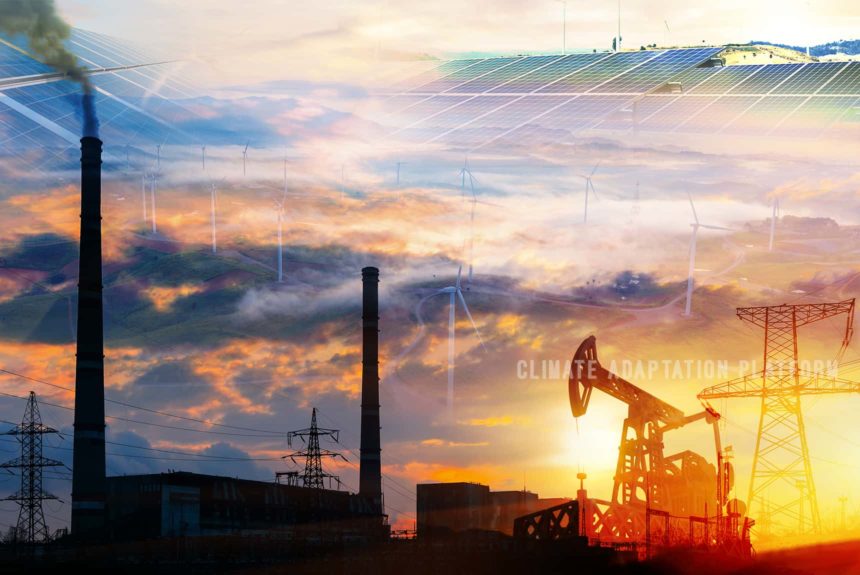What can we expect after COP26 and look forward to in 2022?
According to the Conversation article “COP26 left the world with a climate to-do list: Here are 5 things to watch for in 2022,” middle-income countries like India and South Africa are showing progress in investing in clean energy. But with other developed countries, delays in investing in clean energy could cause the transition to be more difficult or costly.
Reviving the Paris Agreement, which aims to limit global warming to 1.5°C, will require more ambitious, rapid, and radical emissions reductions. And these changes should be reflected in the parties’ updated or new Nationally Determined Contributions (NDCs). But even then, adding up all the parties NDCs will put the world on a 2.9°C warming trajectory.
Thankfully, the surprise announcement that Indian Prime Minister Narendra Modi made for his country to reach net-zero emissions by 2070 and generate 50% of its energy from renewables slightly lowered this trajectory to 2.4°C. This demonstrates that when governments follow through in their commitments achieving the Paris Agreement is possible.
The energy sector is one of the major GHG emitters, emission reduction in this area is crucial for the planet to keep in the 1.5°C emissions pathway. Modern society is heavily reliant on energy and heaps of it. A majority – 80% of the world’s power is sourced from fossil fuels. Without a rapid and radical shift to clean sources, we will suffer the catastrophic effects of climate change.
Data say that 2020 had a CO2 emissions dip of 5.8% due to the pandemic lockdowns. Oil and coal demand has decreased, while demands for renewable sources have increased (Global Energy Review, 2021).
But despite the drop in fossil fuel demands, energy-related emissions remained at 31.5Gt and have contributed to CO2 reaching its highest average annual concertation in the atmosphere of 412.5 parts per million in 2020 – around 50% higher than when the industrial revolution began.
Furthermore, IEA projects that “In 2021 global energy-related CO2 emissions will rebound and grow by 4.8% as demand for coal, oil and gas rebounds with the economy. The increase of over 1 500 Mt CO2 would be the largest single increase since the carbon-intensive economic recovery from the global financial crisis more than a decade ago. It leaves global emissions in 2021 around 400 Mt CO2, or 1.2%, below the 2019 peak.”
Viray Vaitheeswaran, The Economist’s global energy and climate innovation editor, answers questions on how power can be produced and used more sustainably. Vaitheeswaran answers these critical questions relevant to climate change adaptation and mitigation efforts:
- Which forms of energy are the most sustainable and practical to accelerate the transition to clean energy?
- How much energy should come from renewables to cut emissions?
- Why isn’t nuclear power used more widely when it is known to be a clean energy source?
- How can solar power be made more efficient?
- Should biofuels become widely used?
- Do electric vehicles make a difference?
- Can heating and air conditioning be made more sustainable?
Viray’s answers provide exciting insights on the challenges of transitioning to renewable or alternative sources of energy that also affect the pace of transition.
Sources:
Kyte, R. (2021 November 18). COP26 left the world with a climate to-do list: Here are 5 things to watch for in 2022. The Conversation. Retrieved from https://theconversation.com/cop26-left-the-world-with-a-climate-to-do-list-here-are-5-things-to-watch-for-in-2022-172024
How can the world’s energy be decarbonised? (2021, December 23). The Economist. Retrieved from https://www.economist.com/films/2021/12/23/how-can-the-worlds-energy-be-decarbonised?
Global Energy Review 2021 CO2 emissions. IEA. Retrieved from https://www.iea.org/reports/global-energy-review-2021/co2-emissions



Leave a Reply